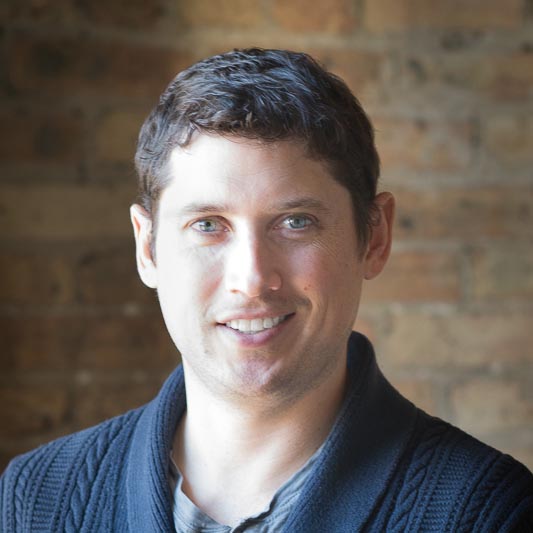Small U.S. Towns are Pushing Back Against Traffic Caused by Navigation Apps
In theory, a community-driven GPS navigation app like Google Maps or Waze is a win-win-win for everyone involved. Drivers find the best route to their destination, traffic flows smoothly through cities and towns, and the company profits from the results.
In many cases, however, the idealized commute runs right through a small town who ends up paying the price. As daily commuters discover empty side streets or time-sucking construction stops and share that information with the app, pretty soon the quiet suburban enclave nearby is overrun with speeding cars, traffic jams, and a slew of safety concerns.
Some of those towns are pushing back.

CityLab’s John Surico visited Leonia, New Jersey to find out how the Bergen County borough was doing a few months after taking the drastic step of banning non-resident drivers from some of its local roads during rush hour. The borough of 9,000 residents approved the controversial move in December when, according to CityLab, “an estimated 2,000 city-bound motorists were...being rerouted each day through its side streets as a turnpike shortcut.”
Tucked in a bend surrounded by the New Jersey Turnpike and just a few miles from the George Washington Bridge, Leonia’s streets are exactly the kind of “secret passageway” that traffic apps love to tell commuters about. Nowadays, however, anyone driving a car on one of 60 residential roads without a bright yellow tag indicating Leonia residency between the hours of 6 a.m. and 10 a.m. or 4 p.m. and 9 p.m. is liable to receive a $200 fine for doing so.

Per Surico, the result has been a mixed blessing. According to some residents, traffic concerns are way down and the streets feel safer. However, others point to a steep economic impact on local businesses now that non-locals are more hesitant to visit Leonia. In fact, the borough had to amend its ordinance in March to allow anyone traveling to or from a Leonia destination to do so any time of the day in order to appease angry business owners.
Meanwhile, the entire saga only raises more questions. Namely, is Leonia going after the right “enemy” here? Shouldn’t they be focusing their fight on the apps themselves, getting Waze to stop using them as a shortcut rather than punishing drivers who are just trying to get to and from work?
Probably, but that’s also easier said than done. Companies like Google and Waze are often very hesitant to change their algorithms to benefit one town. Leonia officials say they have been in touch with Waze, but any results because of those conversations remain hazy.

One thing for sure is that this isn’t an isolated traffic incident. Situations like the one Leonia found itself in are becoming commonplace across the country. And when the big companies behind the apps won’t help, these suburbs and small towns are pushing back in other ways.
A 20-minute drive from Leonia (that is, depending on your residency) is Weehawken, another NJ city besieged by drivers who would overload its streets to cut minutes off their commute to Manhattan. That township liked the sound of Leonia’s plan and enacted their own restrictions on non-residential drivers trying to cut through to get to the George Washington Bridge.
This certainly isn’t a New Jersey-specific issue, however. Medford, Massachusetts changed its traffic regulations after Waze started sending massive amounts of drivers through its town limits. After Waze refused to remove three streets in Los Altos Hills from their app, the Silicon Valley suburb closed them to non-residential traffic and Waze eventually relented. Across the bay, Fremont added rush hour restrictions on some of their busy roads because of the apps.

It’s not just a commuting issue either. Los Gatos in Santa Clara County closed certain roads on summer weekends due to overwhelming beach traffic caused by the apps.
The issue also isn’t just a small town one. Los Angeles has been locked in a battle with Google and Waze over their decision to reroute drivers to Baxter Street in Echo Park, which has a 32-percent grade that the apps don’t take into consideration in their algorithms. By its nature, the road, which dates back to the 19th century, is seeing a rise in accidents because of the increased traffic patterns. While one councilman is addressing that concern, a separate council member recently sent a letter to the city attorney’s office to look into new congestion patterns created by Waze-led traffic and the costs the city is incurring because of it.
Like so many tech companies, Google and Waze seem to be staying on the side of the free market, which dictates that consumers (in this case, drivers) will determine how traffic flows and develops. However, as more towns, cities, and states start to push back over mounting costs and safety concerns, it’s unlikely that these companies will be able to divert that kind of traffic forever.

